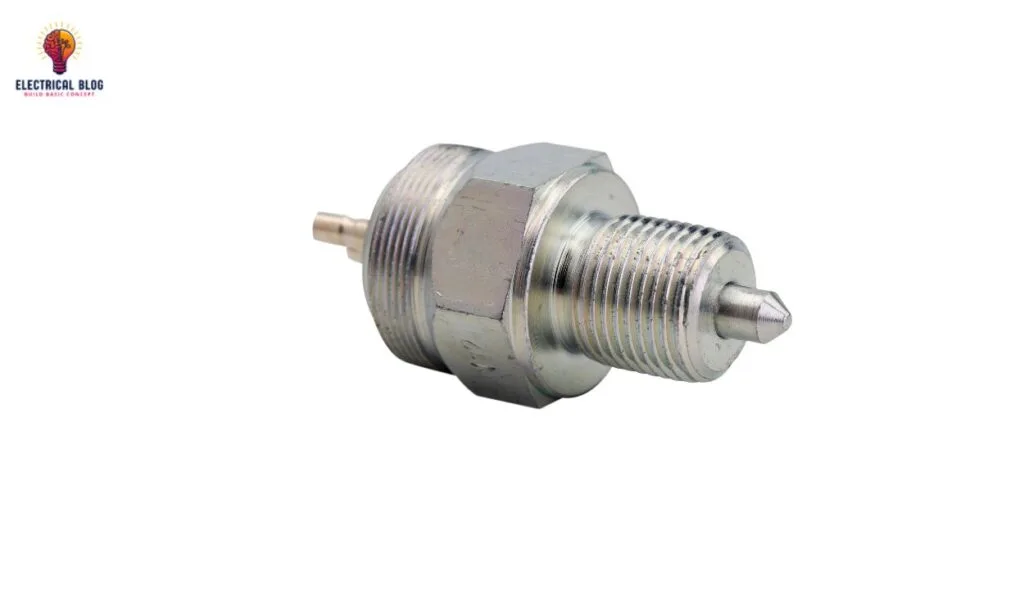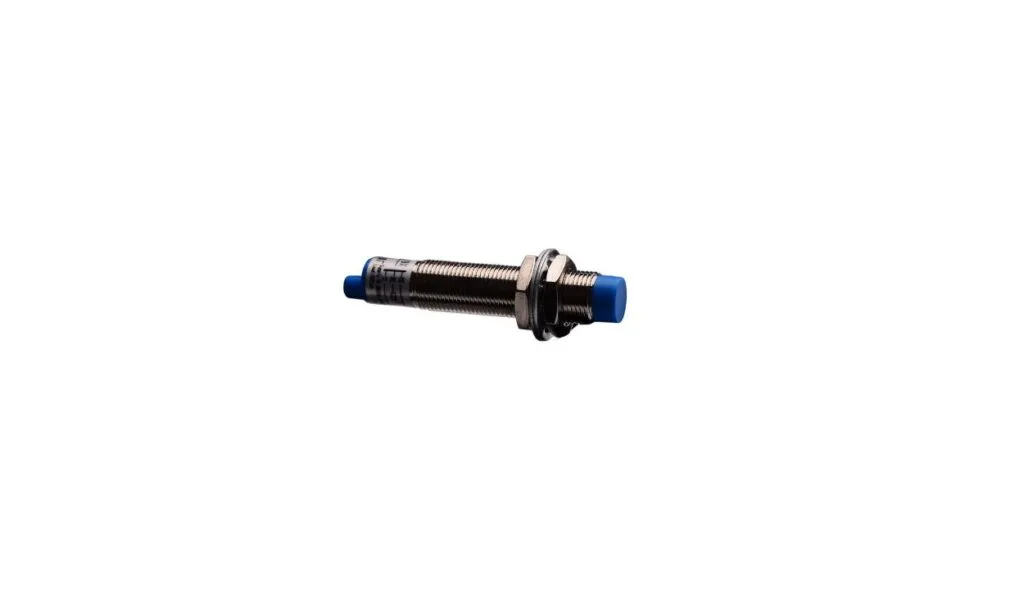Introduction
A suspension insulator is a vital component in electrical systems, used to protect high-voltage transmission lines from current leakage. These insulators are designed to prevent accidental faults by isolating live conductors, ensuring safety in power distribution. Made from ceramic, polymer, or plastic, they effectively resist environmental stress.
Different types of suspension insulators, including pin, post, strain, and spool, are used depending on the application. They are mounted on towers or poles to provide mechanical strength and support heavy electrical loads. Their resistivity to high current flow makes them crucial in preventing short circuits and ensuring reliable transmission.
What is a Suspension-Type Insulator?
A suspension insulator is designed to support the conductor and separate it from the line to ensure safety. It consists of multiple porcelain units that are connected using metal links, forming a flexible string. The bottom of the insulator holds the conductor, preventing electrical faults while maintaining a stable structure. You can also read types of insulators.
Suspension Insulator diagram

Construction and Working of Suspension Insulators
A suspension insulator is developed by connecting a number of disc insulators in series using metallic links. The conductor is suspended by the bottom-most insulator, while the top end is secured to cross-arms on the pole. This design helps support overhead lines, ensuring stability and insulation. The system consists of two main parts: the insulators and the supporting structure, which work together to handle high voltage efficiently.
Derivation of String Efficiency
The efficiency of a suspension string is analyzed using Kirchhoff’s law by studying the current flow in a 3-disc insulator system. The bottommost disc experiences maximum electrical stress, while the topmost unit faces minimum stress. This uneven distribution of voltage can lead to a puncture in extreme cases.
By considering the self-capacitive and mutual capacitive effects, the capacitance across each disc is studied. The circuit is derived using the presence of shunt capacitance, which impacts the voltage ratio. The equivalent system is solved by applying mathematical equations to determine the relationship between conductor voltage and string efficiency.
V2 = (1 + K)V1
V3 = V1(1 + 3K + K^2)
V = V1(3 + 4K + K^2)
An ideal condition assumes 100% efficiency, meaning the voltage distribution across all insulators is equal. However, in the practical world, this is not possible, so using a shorter string instead of a longer one improves performance. The efficiency is represented as the ratio of total string voltage to the number of discs multiplied by the conductor voltage.
Types of Suspension Insulators
- Cap-and-Pin Insulator
- Interlink Type Insulator
Cap-and-Pin Insulator
The cap-and-pin type insulator is made of porcelain and features a galvanized steel or cast iron cap. It is connected to a forged pin, and the unit is joined using ball-and-socket or clevis-pin connections. This construction ensures strong mechanical support and reliable performance in high-voltage systems.

Interlink Type Insulator
The interlink type insulator is designed with curved porcelain that has channels positioned at a right angle. A U-shaped steel link is passed through these planes to connect the unit, ensuring strong mechanical support. This design employs a metallic structure that keeps the supply active even if the porcelain breaks.
This type is mechanically stronger than the cad-and-pin design but has a disadvantage. The Hewlett model suffers from high electrically stressed regions, increasing the risk of puncture. When compared to other types, its insulation performance is lower, making it less reliable under extreme conditions.
Advantages of Suspension-Type Insulators
The suspension insulators offer great flexibility as they allow the string to swing freely in any direction, making them ideal for areas with strong winds or mechanical stress.
Each unit operates at about 11 kV, and the number of discs connected in series depends on the voltage requirement, making them suitable for different transmission line conditions.
If a unit gets damaged, it can be replaced with a new one instead of replacing the whole system, which reduces maintenance costs.
The conductors are placed below the insulators, which partly protect them from lightning, ensuring a safer and more reliable power supply.
Disadvantages of Suspension-Type Insulators
The suspension insulator is costlier compared to pin-type and post-type insulators, making it less economical for low-voltage applications.
It increases the spacing between each conductor, which requires a larger right-of-way, adding to installation complexity.
The height of the tower must be increased to accommodate the insulator, leading to higher material and construction costs.
Applications of Suspension-Type Insulators
Suspension insulators are widely used in electric poles to support high-voltage conductors and prevent the leakage of current.
They are essential in railway lines, where they insulate overhead wires and ensure smooth power transmission for electric trains.
In transformers, these insulators help maintain safe distances between live parts and the structure, reducing electrical faults.
Generators use suspension insulators to protect their high-voltage connections from short circuits and unwanted electrical discharges.
They are also used in electric motors to prevent insulation breakdown and ensure efficient operation in high-power applications.
Conclusion
The suspension insulator is vital in high-voltage power systems. It offers electrical insulation, mechanical support, and protection from lightning and faults. It is widely used in transmission lines, railway networks, transformers, generators, and electric motors due to its flexibility and efficiency.


